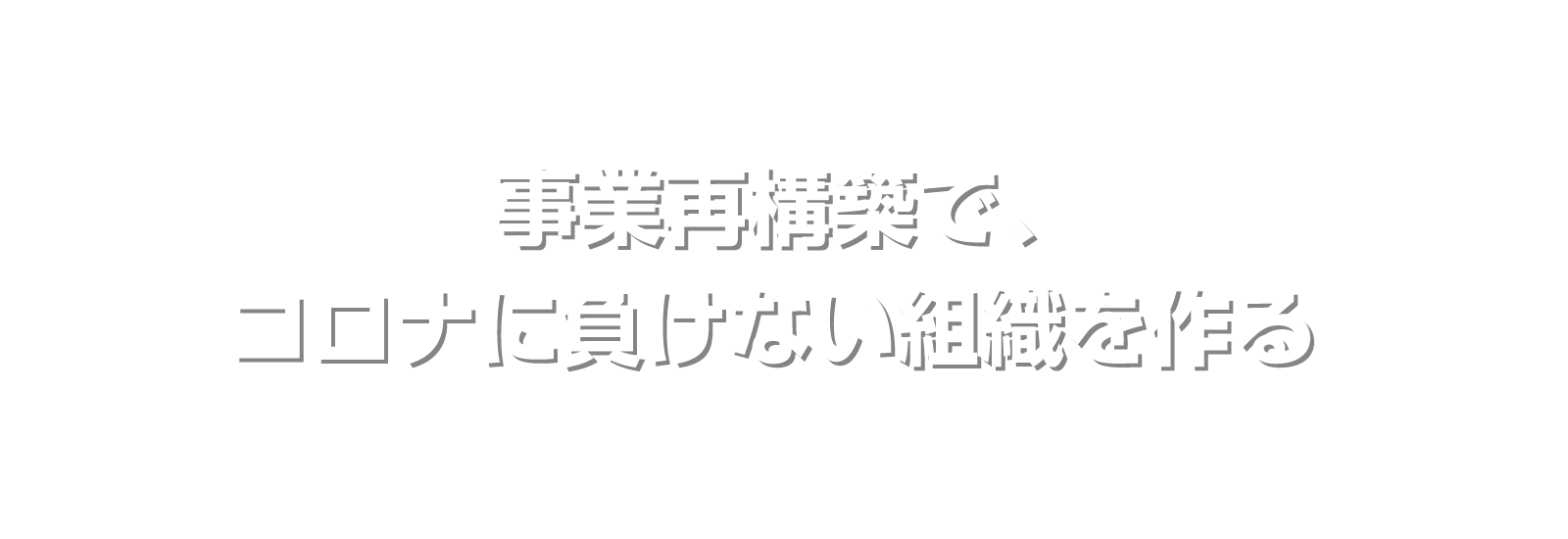Today, I'd like to explain the environmental management system, known as ISO 14001. At this moment of time, approximately 300,000 companies across 171 countries have been certified with ISO 14001. But what exactly is ISO 14001, and what are the benefits of being certified? These questions will be answered in the upcoming five minutes.
スポンサーリンク
Text follows the Movie
What is ISO14001:2015 in a nutshell
ISO14001:2015 is a management system that aims to minimize the negative impact on the environment and maximize the positive impact. By obtaining certification, companies can increase customer and stakeholder satisfaction, establish an environmentally friendly image, and ultimately contribute to a sustainable future.
What is "management system" ?
Simply put, ISO 14001 is a management system designed to reduce a company's impact on the environment. But what exactly is a management system? While ISO 14001 falls under this category, the chart displayed here is typically referred to as "management system."
To begin, the context of your organization must be identified, with top management leading the charge. This involves assessing the factors that surround your company. Once the context has been identified, top management will then announce the policy that employees will adhere to.
From there, a plan can be formulated in accordance with the policy. To be more precise, you begin by identifying environmental impacts and factors, such as what kind of impact your company has on the environment and what kind of factors contribute to that impact. With this information in mind, you establish goals aimed at improving your environmental impact to a desired level. This forms the basis of “plan.”
Once you have a plan, the next step is to execute. However, prior to execution, it's necessary to prepare the required management resources, including personnel, tools, equipment, finances, and information. These resources will be utilized during the plan's execution. Once the plan has been executed, it's vital to evaluate the results and assess the extent to which the goals have been achieved.
Any areas that didn't work well must be carefully reviewed, and the results of the evaluation should be reported to top management. Based on these reports, top management will assess the organization's context once more and, if necessary, revise the policy accordingly. This process forms a cycle commonly known as a "management system."
What is "environmental aspect" and "environmental impact" ?
During the planning stage of ISO 14001, two essential terms come to mind - "environmental aspect" and "environmental impact." But what is the difference between the two terms? The term “environmental aspect” refers to the factors that have either a positive or negative effect on the environment.
Take manufacturing, for instance - the process of transforming raw materials can be considered an environmental aspect. For example, the processing of steel or aluminum could produce chips, offcuts, or other forms of waste, which would fall under the "environmental impact" category. In other words, environmental impacts result from environmental aspects.
To mitigate these impacts, environmental goals are established. For instance, goals may be set to develop alternative processing methods that generate little or no waste, or to increase production yields.
Achieving these goals may require investments in equipment and/or employee training. Therefore, identifying environmental aspects and impacts as well as developing plans to control them is a core aspect of ISO 14001.
What are the advantages of obtaining ISO 14001 certification?
What are the advantages of obtaining ISO 14001 certification? The primary benefit is an increase in customer satisfaction. Nowadays, even small and medium-sized businesses are expected by their customers to take initiatives towards becoming carbon-neutral or managing hazardous substances. If your company has a system in place for managing carbon-neutral initiatives or avoiding the use of environmentally hazardous substances, it reassures your customers and enhances their satisfaction with your products or services.
Secondly, ISO 14001 certification increases satisfaction not only among your customers but also among other stakeholders such as neighborhood residents. For instance, if your work involves noisy operations that continue until late at night, it could cause inconvenience to your neighbors. By managing your work in a way that prevents such disturbances, you can increase the satisfaction of your neighbors. Besides, if there is a complaint, having a clear process for addressing such inconvenience will enable the residents to live in peace.
Thirdly, obtaining ISO 14001 certification can establish a corporate image of environmentally friendly management and enhance the company's reputation. This can lead to increased interest from potential investors, partners, and employees who share similar environmental values.









